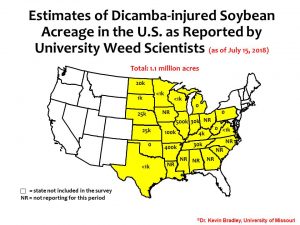Benbrook, 2018
Benbrook, Charles, “Why Regulators Lost Track and Control of Pesticide Risks: Lessons From the Case of Glyphosate-Based Herbicides and Genetically Engineered-Crop Technology,” Current Environmental Health Reports, 5:3, 387-395, 2018, DOI:10.1007/s40572-018-0207-y.
ABSTRACT:
PURPOSE OF REVIEW: The approval of genetically engineered (GE) crops in the late 1990s triggered dramatic changes in corn, soybean, and cotton pest management systems, as well as complex, novel regulatory challenges. Lessons learned are reviewed and solutions described.
RECENT FINDINGS: Government-imposed resistance management provisions can work and adapt to changing circumstances, but within the private sector, pressures to gain and hold market share have thus far trumped the widely recognized need for resistance management. Risks arising from the use of formulated pesticides often exceed by a wide margin those in regulatory risk assessments based on data derived from studies on nearly 100% pure active ingredients.
SUMMARY: Innovative policy changes are needed in four problem areas: excessive faith in the accuracy of pre-market risk assessments and regulatory thresholds; post-approval monitoring of actual impacts; risk arising from formulated pesticides, rather than just pure active ingredient; challenges inherent in assessing and mitigating the combined impacts of all GE traits and associated pesticides on agroecosystems, as opposed to each trait or pesticide alone; and, tools to deal with failing pest management systems. FULL TEXT

